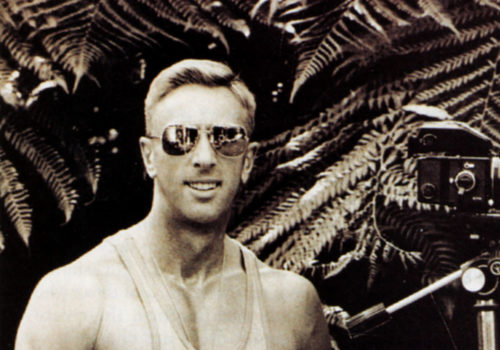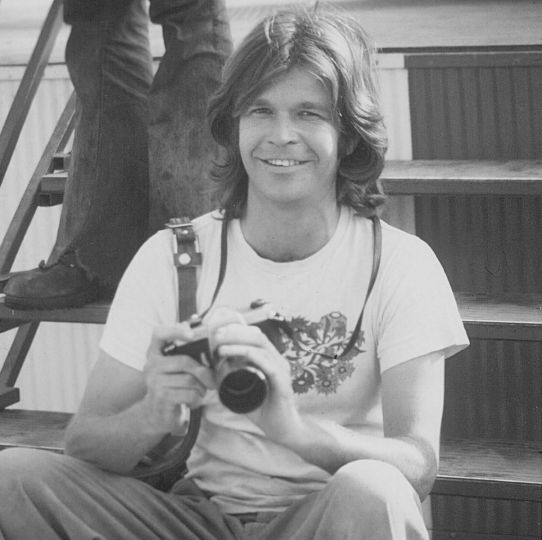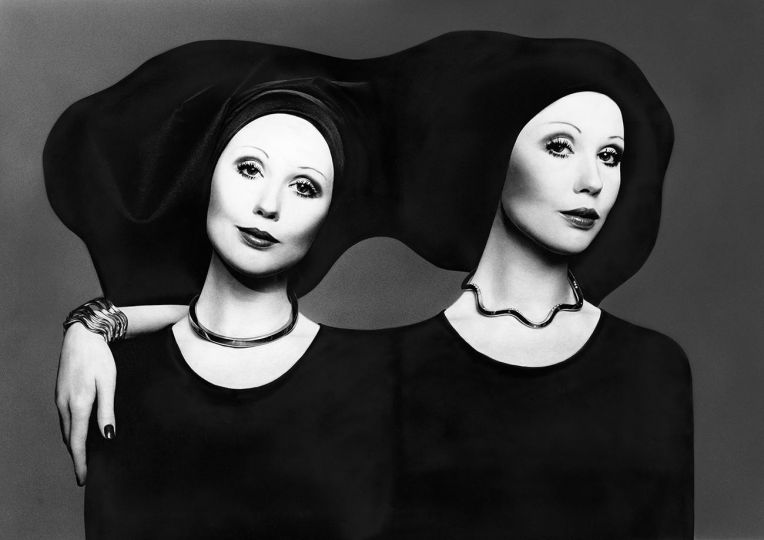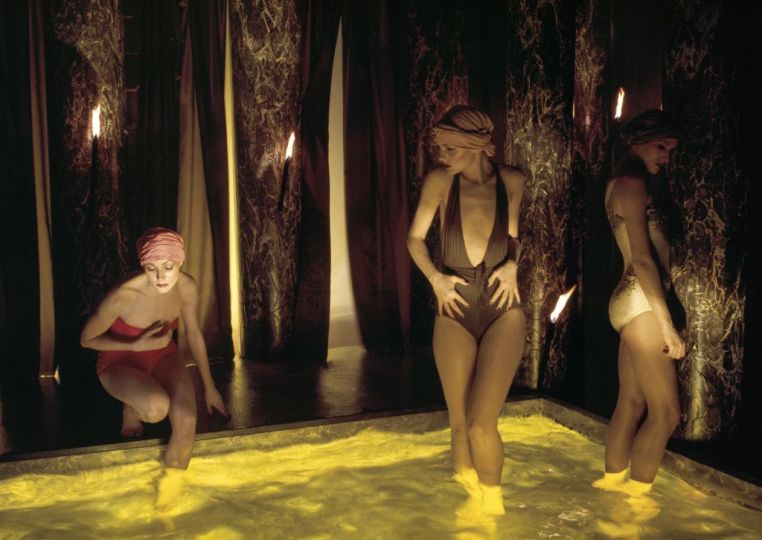I had noted the name Norman Eales on credit lines for over 20 years but never met him. His well-made fashion work appeared in countless magazines-Queen, Vogue, Cosmopolitan, and the rest. It was only last September that I learned the details of this photographer’s life, at the vernissage in London of a memorial exhibition of his work. He was born in the East End in 1937 and apprenticed to a commercial studio in 1953. He spent the next decade building his technique and client list. He first worked with Vogue in 1964. Models like Twiggy and Jacqueline Bisset sat for him, and fashion editors valued his cleanly composed images of radiantly healthy bodies. ln 1966 he met an American named John Kelly, whose good looks defined an archetype within Eales’s vision. For Eales, John Kelly was the personification of the American Dream. Eventually they moved together to Beverly Hills. ln California, Eales found a light that was the natural equivalent of the effects he’ d devised in his London studio. His images conformed to his preference for the direct and uncluttered. “A body and garment and white paper … that’s Veuve Cliquot and caviar tome,” he once wrote. Norman Eales’s American Dream crumbled as many of the men he knew died of AIDS. In 1988, becoming ill himself, he took a trip to Venice with Kelly. “If this is dying,” he wrote, “one should do it more often.”
Philippe Garner, director, Sotheby’s, London
Only recently has Norman Eales’s name been added to the list of important British photographers of the 1960s. It was Eales who discovered ’60s supermodel lean Shrimpton. And it was Eales who, after moving to America, molded the image of the Cosmo girl. He died in 1989.
















